SUMMARY
This is AI generated summarization, which may have errors. For context, always refer to the full article.
![[OPINION] Planting a lot of trees will make money for cities](https://www.rappler.com/tachyon/r3-assets/612F469A6EA84F6BAE882D2B94A4B421/img/0848C858F0A046EE91801E4AD13CAB97/washington_dc_cherry_blossoms_-_hdr_15868564731-copy.jpg)

The first time I caught a glimpse of cherry blossoms, I was in Washington, DC. It was April, and the city was flooded by tourists from all over, aiming to have a nice new profile photo worthy of a humblebrag. I wanted a piece of the action, so I made my way to the Tidal Basin when the sakura was in full bloom, on the most perfect spring day.
The cherry blossom or sakura trees were a diplomatic bequest from Mayor Yukio Ozaki of Tokyo, Japan, to the city of Washington, DC on March 27, 1912. He donated the trees “to enhance the growing friendship between the United States and Japan and also celebrate the continued close relationship between the two nations.” Since then, the District has been commemorating this gift with the annual National Cherry Blossom Festival held in the spring.
I learned while researching for this piece that plans to plant cherry trees along the Potomac River had been proposed as early as 1885 by Eliza Ruhamah Scidmore after returning from a trip to Japan. Miss Scidmore is an American writer, photographer, and geographer who would go on to become the first female board member of the National Geographic Society. Her idea was rejected by every superintendent she met with every year for 24 years. Finally, in 1909, Miss Scidmore raised the funds to purchase the trees and donate them to the city and wrote then First Lady Helen Taft informing her of her plans. Mrs Taft, who had lived in Japan, took interest in her response:
The White House, Washington
April 7, 1909
Thank you very much for your suggestion about the cherry trees. I have taken the matter up and am promised the trees, but I thought perhaps it would be best to make an avenue of them, extending down to the turn in the road, as the other part is still too rough to do any planting. Of course, they could not reflect in the water, but the effect would be very lovely of the long avenue. Let me know what you think about this.
Sincerely yours,
Helen H. Taft
In 1912, a total of 3,020 cherry trees were donated by the City of Tokyo after the first donation in 1910 caused an infestation. From 1913-1920, workmen were still planting these trees.
Today, the boon from tourist dollars and Instagram-worthy photos that began with one woman’s persistence and passion for the sakura continues to serve the economies of both the US and Japan. The cherry blossom has gone way beyond being a mere symbol of friendship.
The cherry blossom is indeed attractive but it is quite challenging to grow, especially in tropical countries where it is summer all year round, with no winter, spring, or fall.
The good news is, there are a lot of other pretty ones out there, bursting with bright colors. In the Philippines, we have various indigenous species that can rival the beauty of the sakura. My personal favorite is the Asian tropical tree Bombax ceiba or what we call malabulak in the vernacular. I am at awe every time I stare at its fiery red flowers, but I do not see much of them in the tiny open spaces of our packed urban jungle. In fact, I do not recall ever seeing my tree in a cluster of at least 5 or 10 other malabulaks. I experience it sporadically.
Now, what if we plant our trees in clusters, or line a kilometer with just one species, a sunny yellow tree for instance, in the tradition of the cherry blossoms? Wouldn’t that look amazing?
Think University Avenue in UP Diliman when the sunflowers are all abloom.
Would travelers stop to take photos? Would motorists stuck in traffic feel some respite from the torture? Would Instagram feeds fill up with red flowers as selfie backdrops? I bet they will.
Will cities make money because people are coming to achieve an arboreal milestone? Absolutely.
Cities also have higher levels of carbon dioxide, which is warming the planet. Trees can absorb this CO2 during photosynthesis and convert it to oxygen.
Will cities make more money because the air is cleaner and people are healthier? Indeed.
Japan’s idea of gifting trees is genius, especially at the height of climate change worry. If there is a gift that everyone would like, it is surely the gift of life, so we need to give and plant more trees.
We just need to plant more of our country’s indigenous trees to make money for our cities because it will be costly if we have to import seedlings.
Fortunately, there is now an impetus to do exactly that through legislation that mandates tree-planting as a pre-requisite for graduation. Graduating students from grade school, high school and college will have to plant at least 10 trees to secure a diploma. Indigenous species that are appropriate to the climate and topography of the country is preferred. The locations where these trees should be planted are also specified, and cities are included. I think local officials should seriously look at this urban planning initiative with an eye on environmental sustainability and its economic potential.
If city governments are indifferent, groups of at least 20 volunteers can sign up with Hands on Manila to plant trees on the Legacy Trail of Masungi Georeserve in Baras, Rizal. Participants can adopt a section of the trail, plant several seedlings of your chosen species, learn to nurture trees and monitor these trees in the years to come.
In less urban areas around the world, Madagascar and other parts of Africa are known for the baobab tree. California has its giant sequoias. The Great White North is mantled by evergreens as far as the eye can see. These trees grow in stable indigenous environments and are best enjoyed by a spectator in their vast numbers.
I hope we can see a little bit of that forest cover in the world’s cities as well, where possible.
Frankly, I do not think it is impossible anywhere, but I have vowed to respect the local context and the challenges that each country or city faces.
I do believe that the tradition of planting thousands of trees of the same species in the city, made famous by a friendship, should be continued and replicated in every nation on earth, now more than ever. – Rappler.com
Mai Mislang is a non-profit consultant and musician. She writes on Medium and Thrive Global on productivity, social issues, travel, and music.
Add a comment
How does this make you feel?
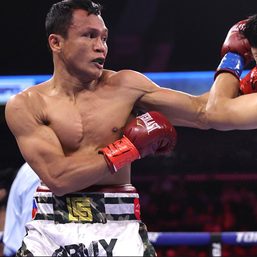

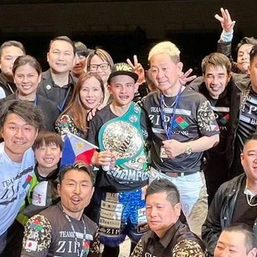
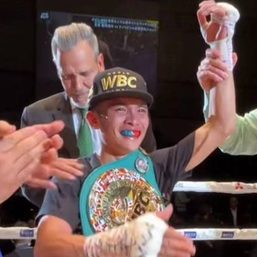


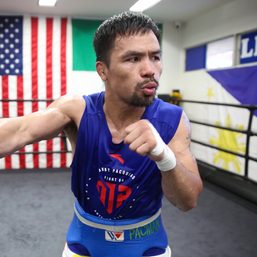


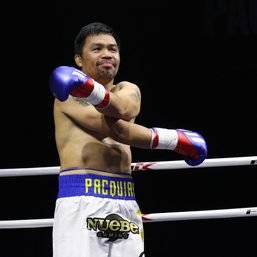

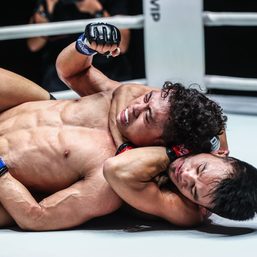

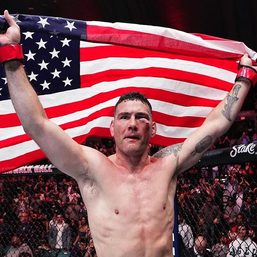

There are no comments yet. Add your comment to start the conversation.